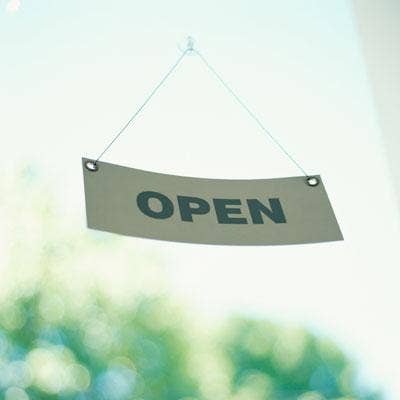'Open Is The New Game At Cisco:' Networking Giant Expands Tetration Solution With Vendor-Agnostic Consumption Models

With new cloud and virtual appliance options, Cisco Systems is pushing its Tetration security and analytics platform into new markets and firmly reiterating its commitment to "open" software solutions.
"We could have easily picked to take a closed approach, but open is the new game in Cisco," Yogesh Kaushik, Cisco senior director and Tetration product manager, told CRN. "We've heard it loud and clear for a few years now. As we've realized that we want to be a software and subscription-based company and expand this opportunity, we want to decouple our software pieces from our hardware pieces."
That decoupling comes with the new Tetration virtual appliance, known as Tetration-V. The system requires VMware's bare metal ESXi hypervisor, but is delivered on-premises on customers' existing hardware, whatever it may be.
Kaushik explained that the virtual appliance is aimed at smaller-scale commercial customers that deploy fewer than 1,000 workloads or customers looking to do a quick proof-of-concept. "They don't have to buy hardware anymore," Kaushik said. "They can buy the software from us and run it on the hardware they already have."
[Related: New Riverbed CEO Mountford On Turning The Page On A Cisco-Style Channel Strategy And The Huge Opportunity For Partners In Software And Services Revolution]
The SaaS version allows customers and partners to introduce themselves to Tetration without laying out large amounts of cash. It is fully delivered and managed by Cisco and does not require any hardware, and customers can start with as few as 100 licenses.
Tetration-V is available now. Tetration SaaS will be available in May.
Jon Duren, data center networking practice manager at World Wide Technology, a large St. Louis-based Cisco partner, said the new buying options for Tetration considerably broaden its appeal, especially among customers concerned about moving to the cloud in an efficient and cost-effective way.
"This brings the ability for some customers to repurpose some of their hardware," Duren said. "A lot of their workloads are moving to the cloud, so there's hardware that's become available and the customer is trying to find ways to leverage that and reuse those assets, and this gives one more avenue."
Tetration-V and Tetration SaaS also drive the platform to customers for whom the initial version was out of reach, Duren said.
"When it was the big, monolithic setup, the customers really had to put a serious justification behind it, and had to understand exactly what it was going to do in every case before they could even attempt to buy it," he said. "With these other offerings, we have customers beginning to look at it from the angle of how can this solve different issues, even on a temporary basis where we bring up a system and it can go away at the end, if needed. That's not an option when you're buying $1 million-plus in gear."
World Wide Technology's Tetration-V and Tetration SaaS strategy emphasizes installation, deployment and customization services, as well as ensuring customers are getting the reporting they need out of the system. "To some extent, this is a big data system with a lot of insights about their network," Duren said. "Tuning that reporting to something that makes sense to the customer and his environment is where we can offer a lot of assistance."
When it was launched about 18 months ago, Tetration was an on-premises-only offering delivered as a large appliance requiring three dozen Cisco servers, as well as several Cisco switches. It was aimed at large enterprise and federal government customers and carries a seven-figure price tag. Since then, the San Jose, Calif.-based company has rolled out a smaller, six-server version, but wanted to offer more options for smaller customers and multi-vendor environments, Kaushik said.
"Everything has to stand on its own feet," Kaushik said. "We believe our hardware can compete on its own merit, and software doesn't have to pull it through."
The Tetration virtual appliance is available on a one-, three-, or five-year subscription. The SaaS version is available in one- and three-year blocks. Subscriptions start at a street price of about $15,000, Kaushik said. Both versions are included in Cisco's VIP channel incentive program and are part of the Cisco ONE software portfolio.
The Tetration platform analyzes information from hardware and software sensors using machine learning and big data analytics. The company said the open source-based system is used for application dependency mapping, network performance monitoring and security policy enforcement.
"This is the cloud generation, and new consumption models are what customers and partners have been asking for," said Kent MacDonald, senior vice president at Long View Systems, a Calgary, Alberta-based Cisco partner that has begun working with Tetration. "They don't want to pay up front just to start the transition [to cloud]. They want to pay as they move."
Cisco, MacDonald said, understands that customers need all the tools and management necessary to transition to the cloud, but that they want to make that transition "organically." Cisco's consumption strategy around Tetration-V and Tetration SaaS "very much aligns with how the world and the industry is moving," he said. "Otherwise, it's going to be a barrier to customers that want to move to the cloud."